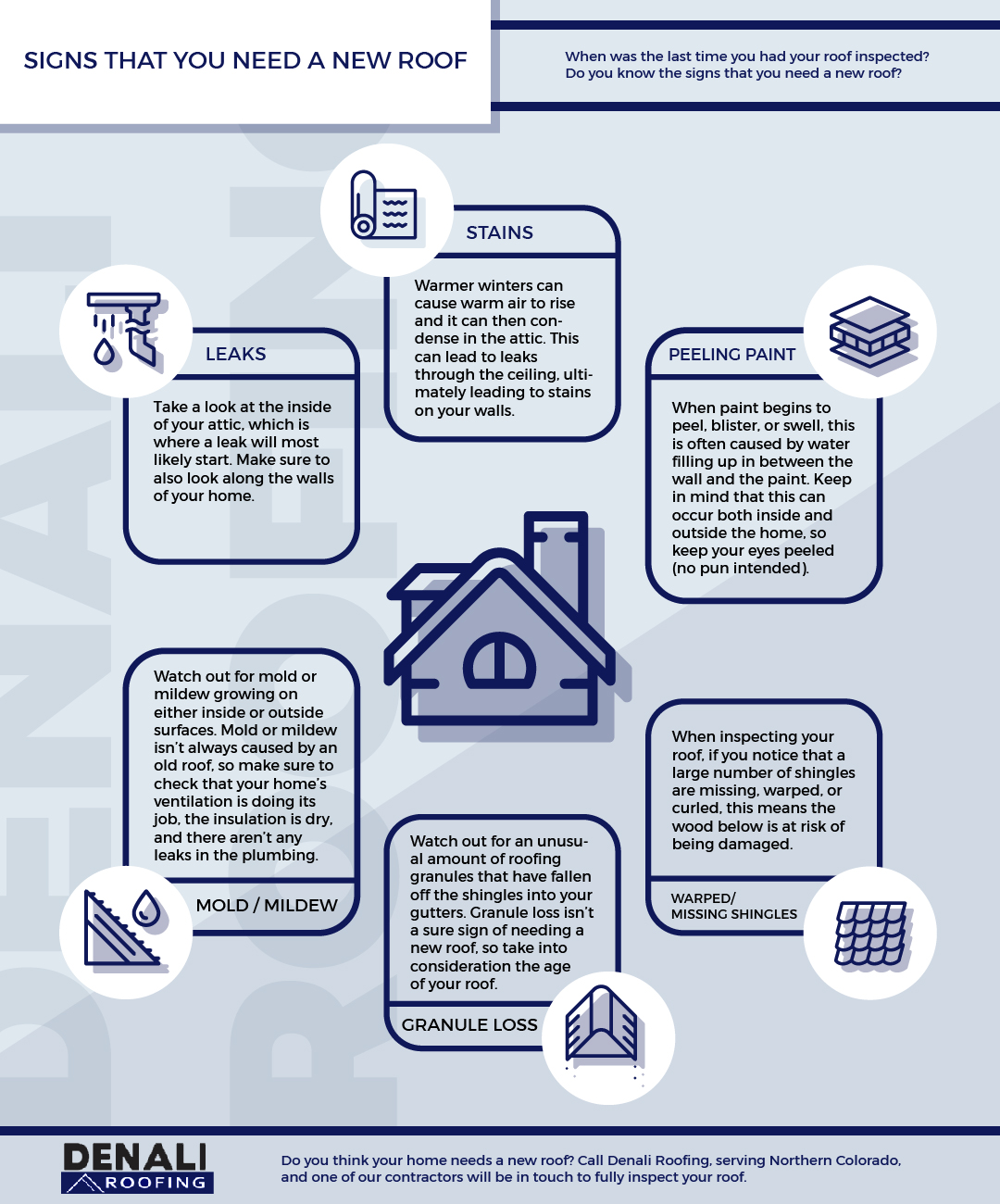Analyzing Numerous Photovoltaic Panel Types: Which Option Is Most Appropriate For Your Home?
Analyzing Numerous Photovoltaic Panel Types: Which Option Is Most Appropriate For Your Home?
Blog Article
Staff Author-Guy Finn
When it comes to choosing the appropriate solar panels for your home, the options can be overwhelming. Each kind uses unique advantages and trade-offs, making it important to figure out which factors align ideal with your objectives. Whether your emphasis gets on effectiveness, cost-effectiveness, or aesthetics, there's a solar panel type that can deal with your demands. So, before you make a decision, take into consideration the vital elements that will impact your solar energy system's performance and viability for your home.
Monocrystalline Solar Panels
When considering solar panels, you may encounter monocrystalline photovoltaic panels. These panels are recognized for their high efficiency rates as a result of their construction from a solitary continual crystal framework. This design enables monocrystalline panels to perform better in reduced light conditions contrasted to various other types of photovoltaic panels. Additionally, their sleek black appearance makes them a popular option for household installments, blending in perfectly with a lot of rooftops.
One essential advantage of monocrystalline photovoltaic panels is their area efficiency. They need much less room to produce the same quantity of electricity as various other photovoltaic panel kinds, making them ideal for homes with minimal roofing system room.
While monocrystalline panels tend to be more pricey ahead of time, their lasting toughness and efficiency commonly make them an affordable investment in the realm of solar power. If you prioritize efficiency and looks in your solar panel option, monocrystalline panels could be the appropriate option for your home.
Polycrystalline Solar Panels
Polycrystalline solar panels, additionally referred to as multicrystalline solar panels, use an alternative option to monocrystalline panels. These panels are made from silicon crystals that are melted together, creating a less uniform look compared to monocrystalline panels.
One of the vital advantages of polycrystalline panels is their lower manufacturing price, making them a more economical choice for homeowners wanting to purchase solar energy.
While polycrystalline panels may have a somewhat reduced performance rate contrasted to monocrystalline panels, they still offer a reliable and cost-efficient means to produce solar energy for your home. Click Webpage do well in high temperatures and are a sturdy selection for a range of climates.
If you have a bigger roof area and are wanting to maximize your power production without breaking the financial institution, polycrystalline panels could be the appropriate option for you.
When taking into consideration photovoltaic panel choices for your home, it's vital to consider the cost-effectiveness and performance of polycrystalline panels versus your energy requirements and budget restraints.
Thin-Film Solar Panels
Going on to Thin-Film Solar Panels, these panels offer an one-of-a-kind choice to conventional silicon-based choices like polycrystalline panels. Thin-film panels are lightweight and flexible, making them less complicated to install on numerous surfaces like bent rooftops or walls. They're also more aesthetically pleasing, blending in effortlessly with the design of your home.
Nonetheless, it's important to keep in mind that thin-film panels commonly have lower efficiency prices contrasted to crystalline silicon panels. This indicates you may require even more room to produce the same amount of power.
On the silver lining, thin-film panels do better in low-light conditions and have a lower temperature level coefficient, meaning they can produce even more energy on warm days. If you have enough area and are trying to find a versatile and aesthetically enticing solar panel option, thin-film panels could be a wonderful selection for your home.
Verdict
Finally, when choosing the very best photovoltaic panel type for your home, consider your energy needs, budget, and room restrictions. Monocrystalline panels give high efficiency in limited space, while polycrystalline panels provide an economical choice with trusted efficiency. Thin-film panels supply flexibility and visual allure yet might have reduced performance prices. By weighing these elements, you can select the photovoltaic panel type that ideal fits your certain demands.
